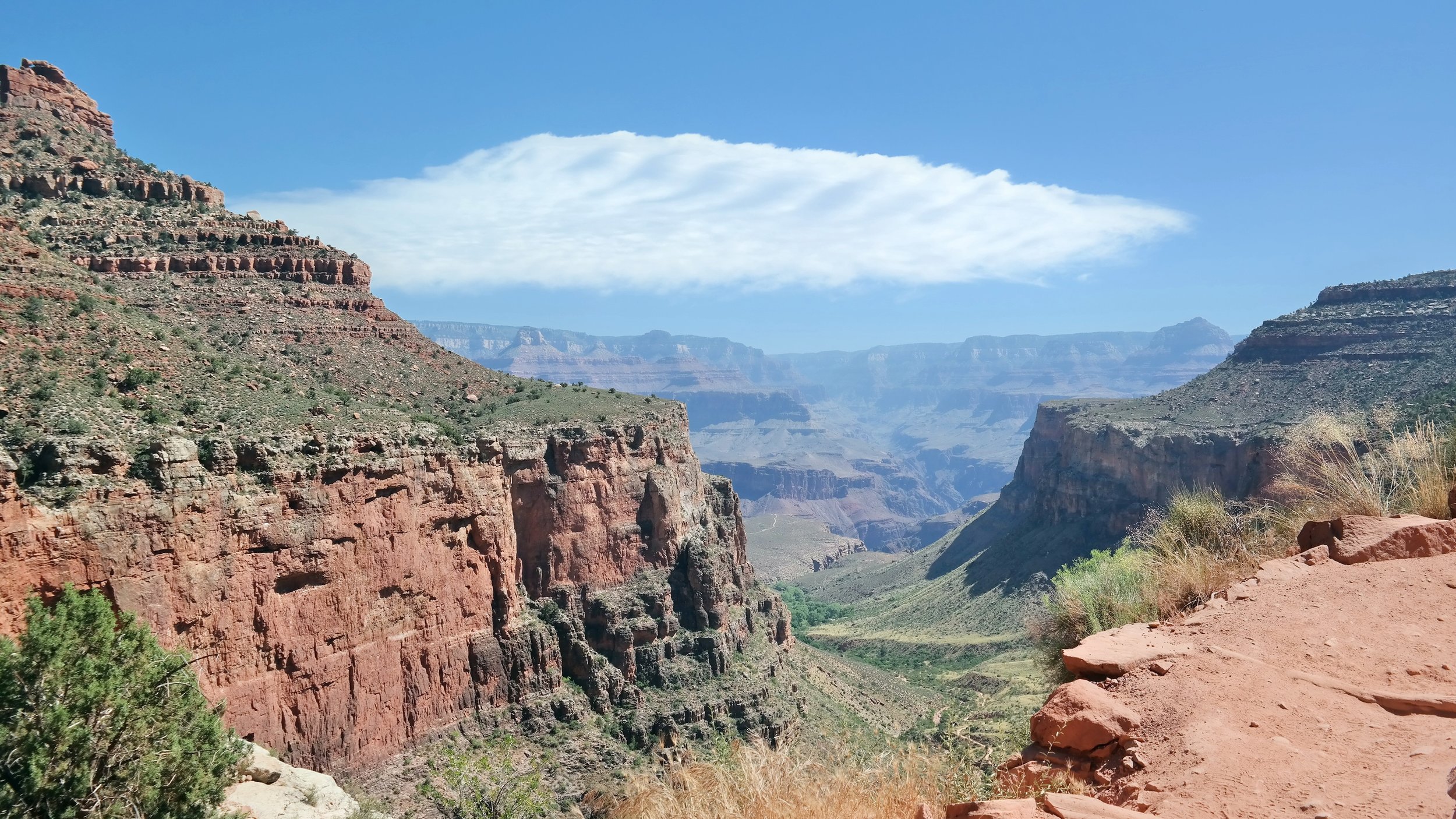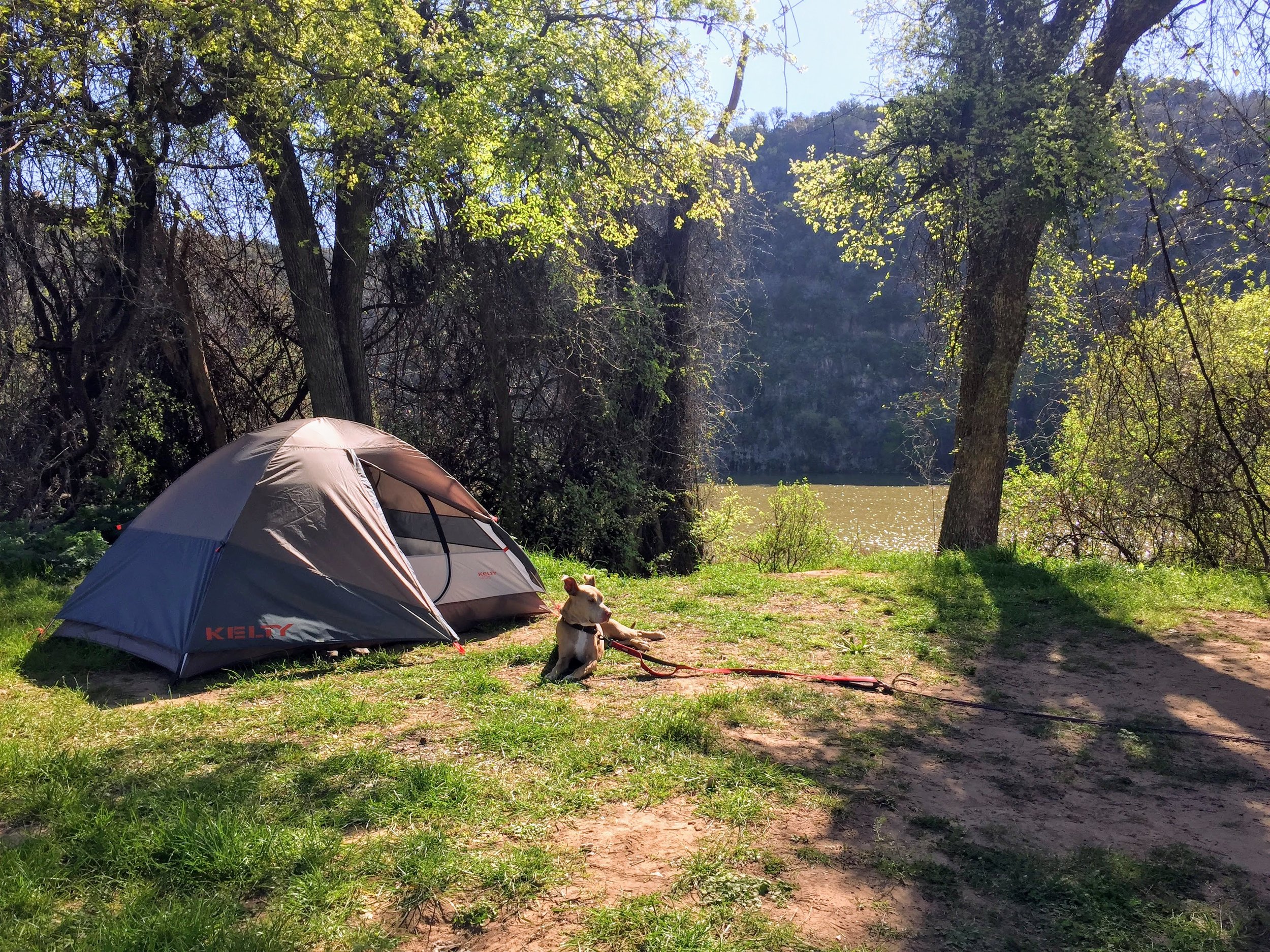I've gotten more into podcasts recently and have been listening to them a lot in the car or while I run. I've mainly focused on outdoor related podcasts and find they give me a bit of a nature fix when I'm between camping/backpacking trips or stuck inside because of the hot Texas Summer. I'm sharing some of my favorites in this post.
Outside Podcast
This podcast is basically Outside magazine converted into audio form. Each episode is related to a theme Outside has explored in the past. I've especially enjoyed the Science of Survival pieces where they retell stories of survival in extreme environments.
My favorite episodes so far:
XX Factor: How the Sports Bra Changed History
Science of Survival: In Too Deep
The Dirtbag Diaries
The Dirtbag Diaries podcast has been around for several years which is great because you can binge listen to episodes and still not run out. The podcast retells adventure stories and covers a range of outdoor experiences like climbing, biking, hiking, skiing, etc. The stories are simple yet inspiring.
My favorite episodes so far:
The Fear is Real
Start Saying Yes
Any of the Tales of Terror episodes (there are 7 volumes)
Women on the Road
This is a brand new bi-weekly podcast with only 3 episodes so far, but I'm really enjoying it. The podcast is hosted by Laura Hughes, a woman who lives out of her Ford Transit Van. She interviews other women in various stages of life on the road. As someone who has thought about this lifestyle a lot recently, I'm really enjoying hearing experiences of other women who have made it a reality.
My favorite episode so far:
Episode one: What we wish we knew before hitting the road












